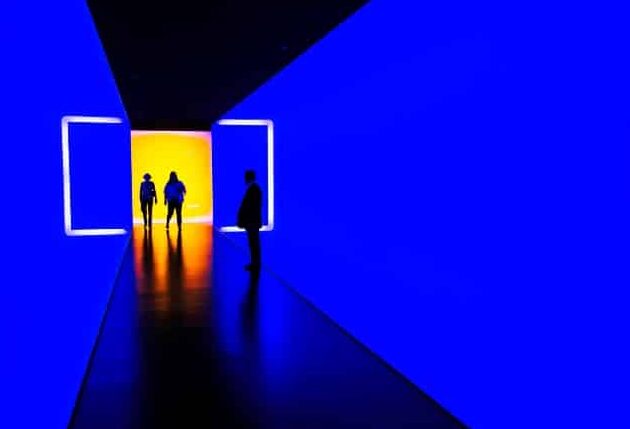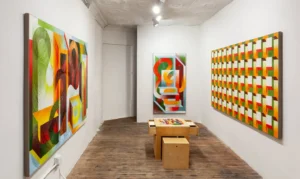
Artists have been exploring unconventional materials and techniques for centuries, using unexpected materials to create unique and thought-provoking works. This blog post will delve into the world of unconventional art, exploring historical and contemporary examples, the benefits and drawbacks of using unconventional materials and techniques, and examples of different materials and techniques that artists have employed.
Using unconventional materials and techniques can challenge traditional ideas about art and push the boundaries of what is possible in the art world. By embracing unconventional materials and techniques, artists can create works that are both visually stunning and intellectually stimulating.
Exploring unconventional materials and techniques in art is an important part of the creative process. It allows artists to push boundaries and challenge traditional ideas about art, while also providing opportunities for experimentation and innovation. By embracing unconventional materials and techniques, artists can create works that are both visually stunning and intellectually stimulating. So, go ahead and challenge yourself to explore the uncharted territory of unconventional art materials and techniques. Who knows what unique masterpiece you might create?.
The use of contemporary art as a form of social and political commentary
Reflect on SocietyAlthough contemporary art does not have one, single objective or point of view, it can be contradictory and open-ended. However, a number of common themes have emerged in contemporary artworks, including identity, community, nationality, contemporary society, culture, politics, and more. Contemporary art provides an opportunity to reflect on current social issues relevant to humanity, and the world that surrounds us.
The characteristics of postmodernism, including bricolage, collage, appropriation, the recycling of past styles and themes in a modern-day context, and destruction of the barriers between fine arts, craft and popular culture, can be applied to sculpture. While inherently difficult to define by nature, postmodernism began with pop art and continued within many following movements including conceptual art, neo-expressionism, feminist art, and the young British artists of the 1990s. The plurality of idea and form that defines postmodernism essentially allow any medium to be considered postmodern. In terms of sculpture, characteristics like mixed media, installation art, conceptual art, video light art, and sound art are often regarded as postmodern.
These shifting strategies to engage the viewer show how contemporary art’s significance exists beyond the object itself. Its meaning develops from cultural discourse, interpretation and a range of individual understandings, in addition to the formal and conceptual problems that first motivated the artist. In this way, the art of our times may serve as a catalyst for an on-going process of open discussion and intellectual inquiry about the world today.
The impact of technology on contemporary art and its ability to push boundaries
Over time, art and technology have become more and more intertwined, with many contemporary artists adopting new types of media to create their work. From laser-printed ceramics to code-generated paintings, digital artists are using technology to push the boundaries of traditional practices.
The impact of the internet on art today goes far beyond the Net art community. Its various technological evolutions are shaping new generations of artists, whereas the culture and values that governed its creation continue to transform creation modes and shake up the relationships between artists, works, and the public.

The contemporary art world exists beyond the borders of normal rules and behaviours. Artists have freedom to choose their own meaning and audiences have freedom in the ways they can appreciate art. Art seems to exist in a zone of freedom set apart from the more rigid aspects of everyday economic and social life. ‘A Zone of Freedom?’ looks at how this freedom came about, noting the end of the Cold War in 1989 as an important marker for change. What has been the impact of events since 1989 on the activities of contemporary artists? Why has installation art become so popular in the last two decades?.







